The price shown on your products isn’t just the amount the business earns from each sale. Pricing is a tactic that can draw customers in, show your products’ worth, and change the way your business is viewed in the market. But to have the right effect, business owners need to make these decisions based on pricing strategies.
So, just what are the types of pricing strategies and how might you use them?
What is a pricing strategy?
A business needs to stay as profitable as possible, but immediate profit isn’t always the driver behind the prices we see in shops.
A pricing strategy is the way you price products for the benefit of the business, whether that’s attracting customers, beating the competition, or more.
7 popular pricing strategies
There are many different pricing strategies that retail and ecommerce businesses alike can use. Today, we’re focusing on seven popular ones.

1. Penetration pricing
Penetration pricing is about offering a new product at a particularly low price, often at a loss, with the aim of attracting a large volume of customers. This can establish your brand and boost loyalty.
This pricing strategy is often used for new products, but not usually as a long-term strategy. This is because, while it can be an effective marketing tool, offering products at a loss can only be sustainable for so long.
2. Market skimming
Market skimming (or price skimming) involves pricing items higher, knowing they will eventually drop in price. The pricing strategy is common in tech industries, for example headphones, where new products are highly sought after because users want the best quality or newest experiences.
For market skimming to work effectively, the new product needs to be desirable, usually something that can’t be directly emulated by a competitor.
3. Premium pricing
Premium pricing involves just that, a premium price. High prices can limit your customer base, but they often bring larger profit margins. Even so, high prices aren’t just about bringing in profit from individual sales
Premium prices are often associated with premium brands. They can create the idea of value, which makes products more desirable and reflects on the brand, too.
As with market skimming, high pricing is easier to justify when competitors can’t offer the same product for a lower price. This might be because of brand prestige, product uniqueness, or more.
4. Economy pricing
In a sense, economy pricing is the opposite of premium pricing. Prices are low, margins are thin, and products may well be in direct competition with those of other retailers.
Economy pricing works best when a business has low overheads and low production costs. Otherwise, using economy pricing will make it difficult to stay profitable.
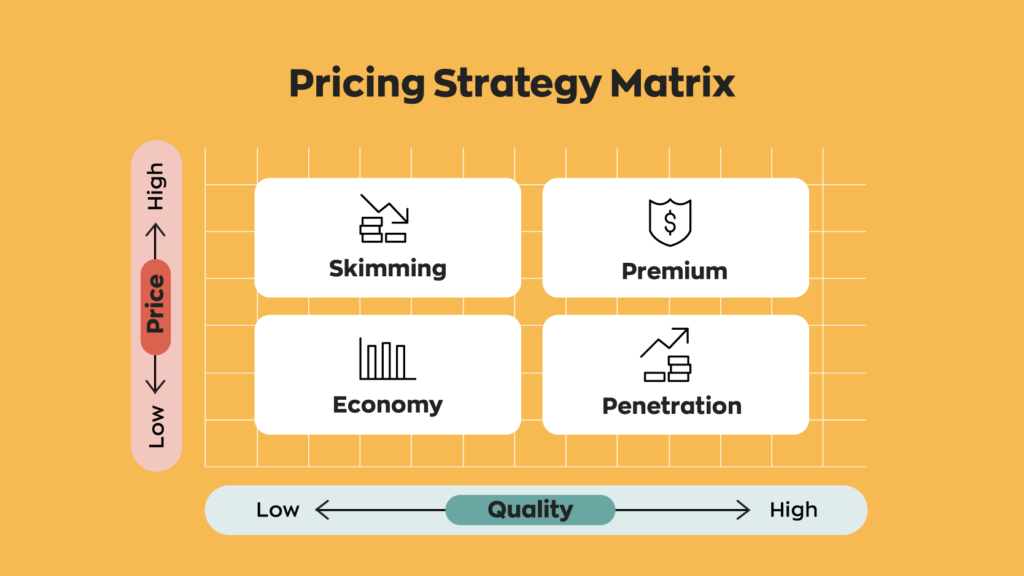
5. Psychological pricing
Chances are you’ll have noticed at least a few psychological pricing strategies, even if you didn’t realize it at the time. Psychological pricing usually aims to make a price seem more attractive, or lower, for the customer.
Take anchoring, for example. This is when a higher price point becomes an ‘anchor’ for the customer, who is offered a lower price next to it. The customer can visually see the discount.
Another common strategy is charm pricing. The idea is that the customer focuses most on the lefthand digit. Taking just a couple of cents off a price can roll the left-hand number down; a $20 t-shirt becomes $19.99.
Psychological pricing doesn’t just affect the item the price is on, either. Studies show that certain pricing strategies can influence customers to go for higher or lower prices alternatives. So, it’s important to research psychological pricing strategies before implementing them.
6. Cost-plus pricing
A few years ago, the Harvard Business Review called cost-plus pricing “the most widespread pricing method”. The idea is for a business to calculate its costs, then add a markup, and the total becomes the price. The formula might look like this:
Cost x (1 + markup percentage) = price
Cost pricing can help you work out a price that feels fair, but there are drawbacks to the method. For example, costs are often dependent on suppliers and can fluctuate, meaning profits will change unless prices are adjusted. This type of pricing strategy also doesn’t take into account competitors or the wider market.
Need help with margins vs markups? Take a look at our quick guide.
7. Loss leader pricing
Sometimes, businesses sell one product at a loss, in the hopes that customers will then buy other products that generate a healthy profit. You might spot loss leader discounts at supermarkets. After all, who hasn’t come away with more items than they went in for?
Another notable loss leader pricing strategy example is the Sony PS5. Sony reportedly sells the console at a loss, while amassing a US $10 billion profit. That’s because Sony’s consoles allow its customers to buy and play games that generate a profit, amongst other downloadable content.
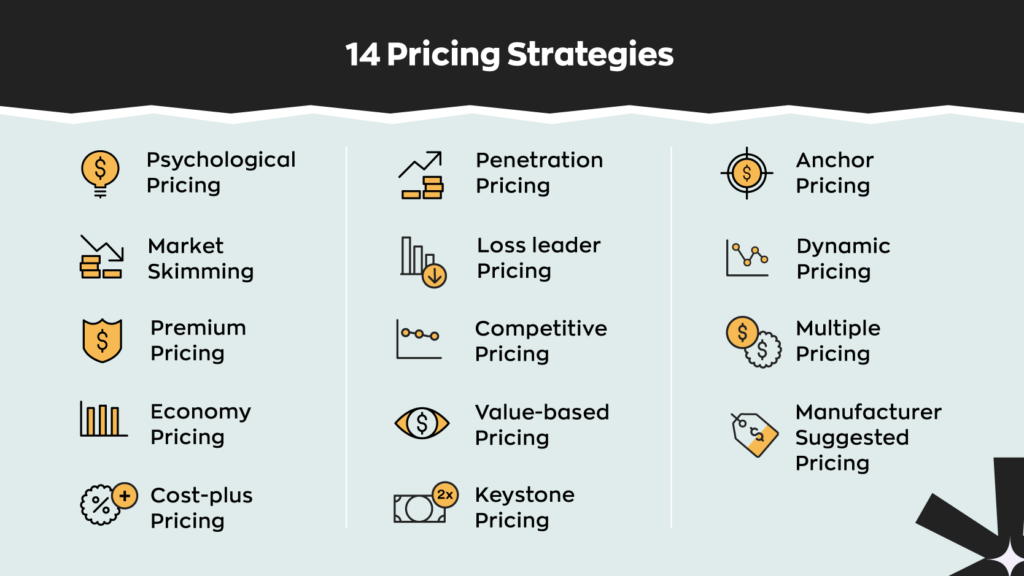
Why do some pricing strategies intentionally sell at a loss?
Five of the pricing strategies we mentioned above focus on generating an immediate profit, but there are reasons businesses might sell at a loss instead.
Businesses who are thinking about the bigger picture may choose to utilize either the penetration or loss lender strategies. When used correctly these pricing strategies could in fact improve overall company profits.
Remember, certain countries do not allow some pricing strategies, such as destroyer pricing. This pricing strategy is about undercutting your competition with such low prices that you create a monopoly and may cause competitors to go bust. Some countries like Ireland even banned selling products below cost price.
It’s always important to research your pricing strategies carefully, respect local laws, and consider your options.
A note about low pricing strategies
Working with low pricing strategies, whether still generating a profit or not, can be a tactic to attract new customers, push other products, or undercut the competition.
However, it’s important to analyze whether the risks will pay off. For example, some customers may only buy that particular product for that low price. This means that they will have a low lifetime value (how much they spend with you in the long term) and not generate much profit for the business.
Why are there so many pricing strategies?
There is no single best way to price products. The right strategy depends on your products, target customers, business aims, current market, and necessary profit margins. It’s important to find what works for your business and keep a close eye on when and how strategies need to be adjusted over time.
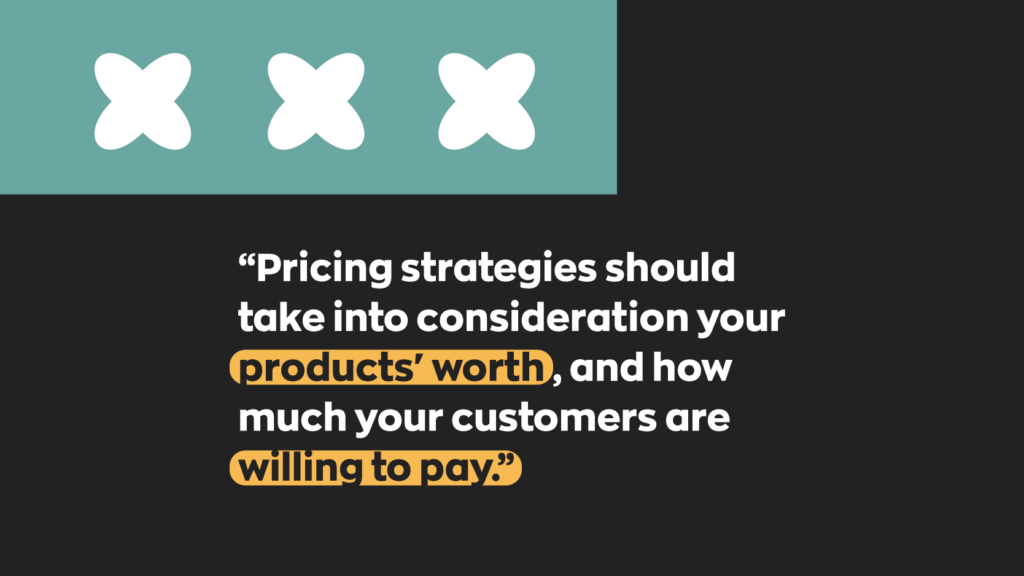
For example, the markets and costs for a local, high-end clothes retailer and a countrywide baker are very different. Even if both businesses expect a new product to sell like hotcakes (…pun intended), they will each need a pricing strategy that works just for them.
The high-end clothes retailer might opt for premium pricing, creating a luxury feel to their products. Meanwhile, the baker might prefer economy pricing so it can compete with other items that are stocked alongside its baked goods on supermarket shelves.
If you’d like to know more about pricing your products, take a look at our recent blog article on how to use the selling price formula.




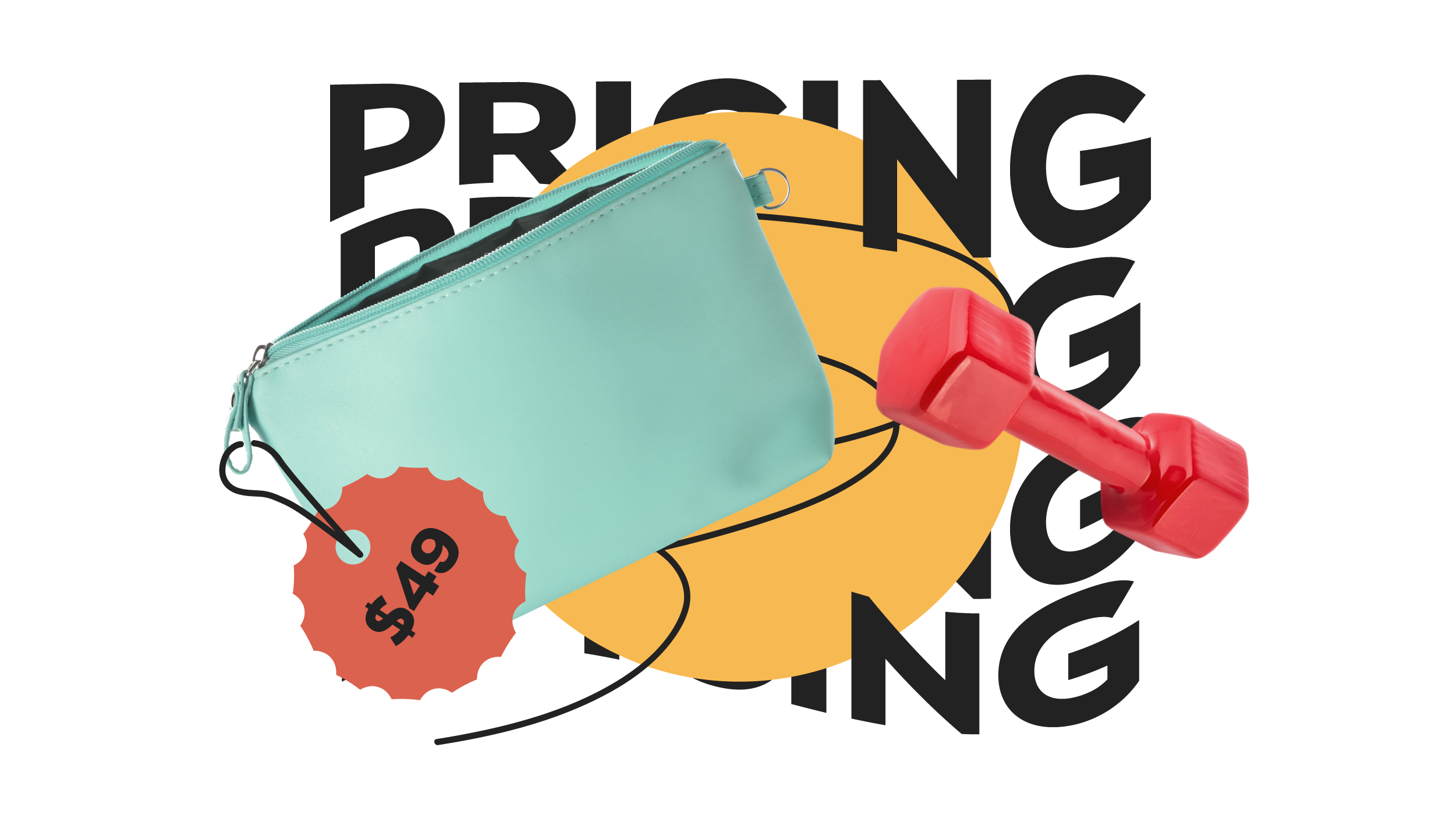
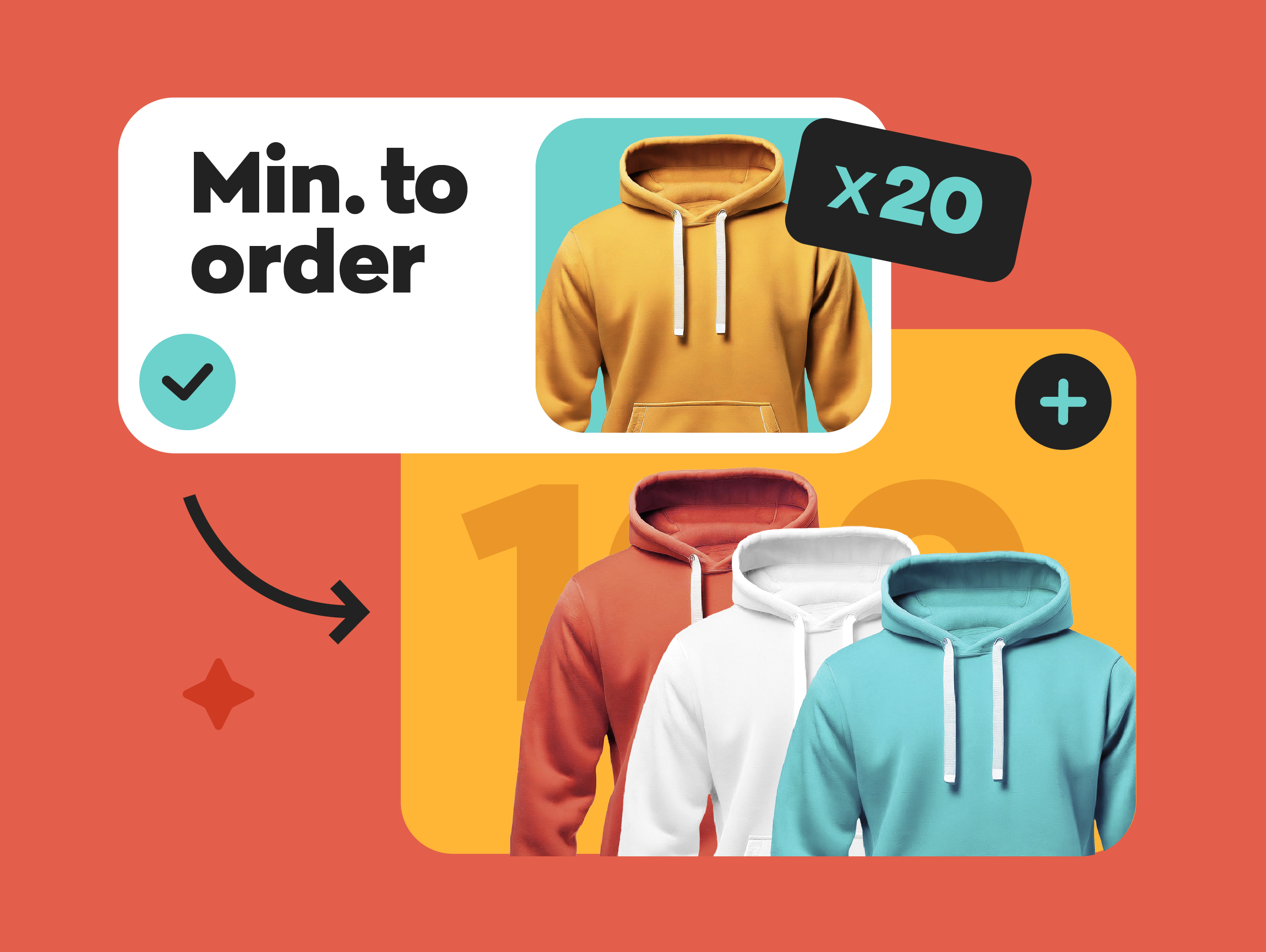
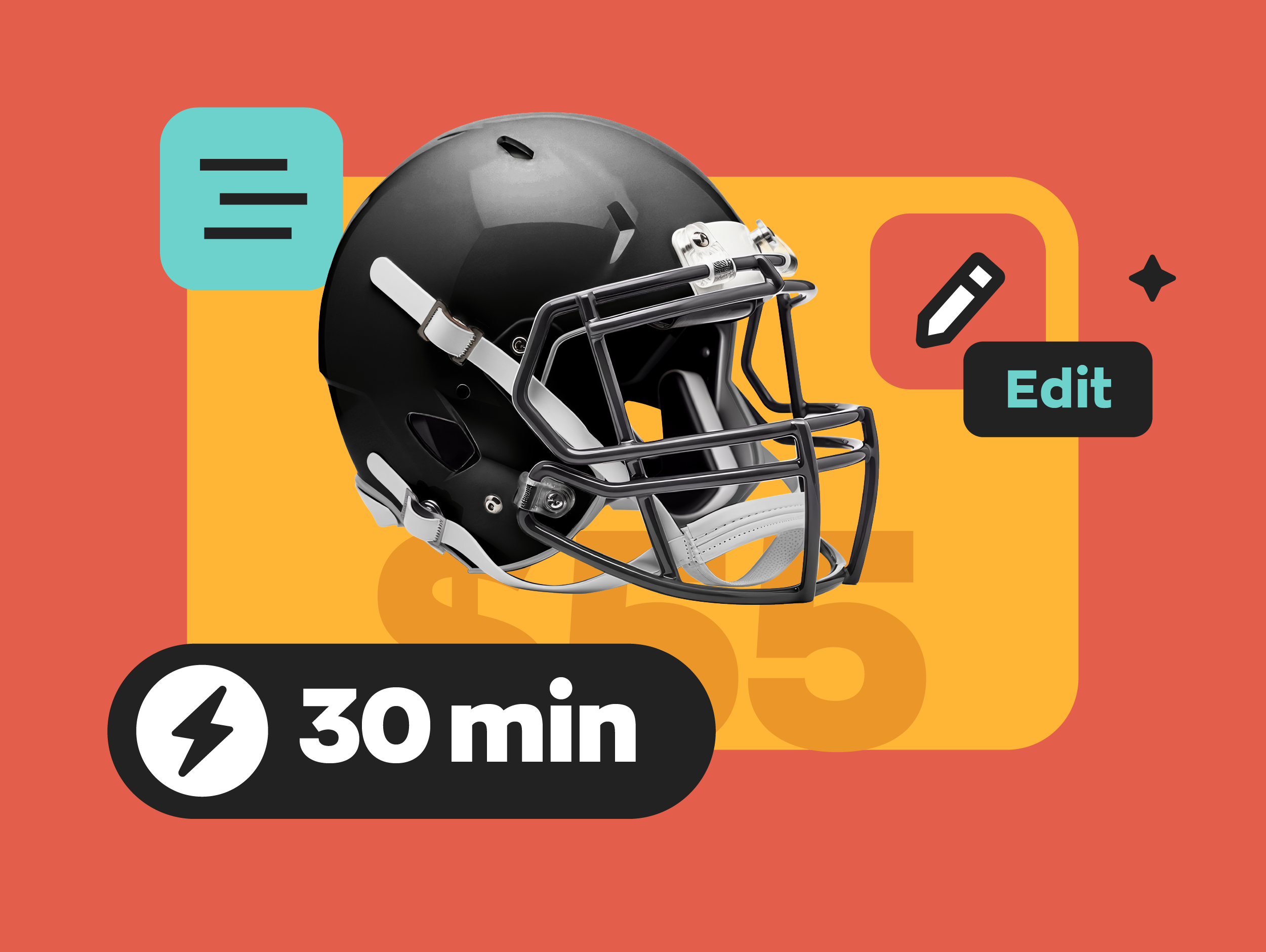
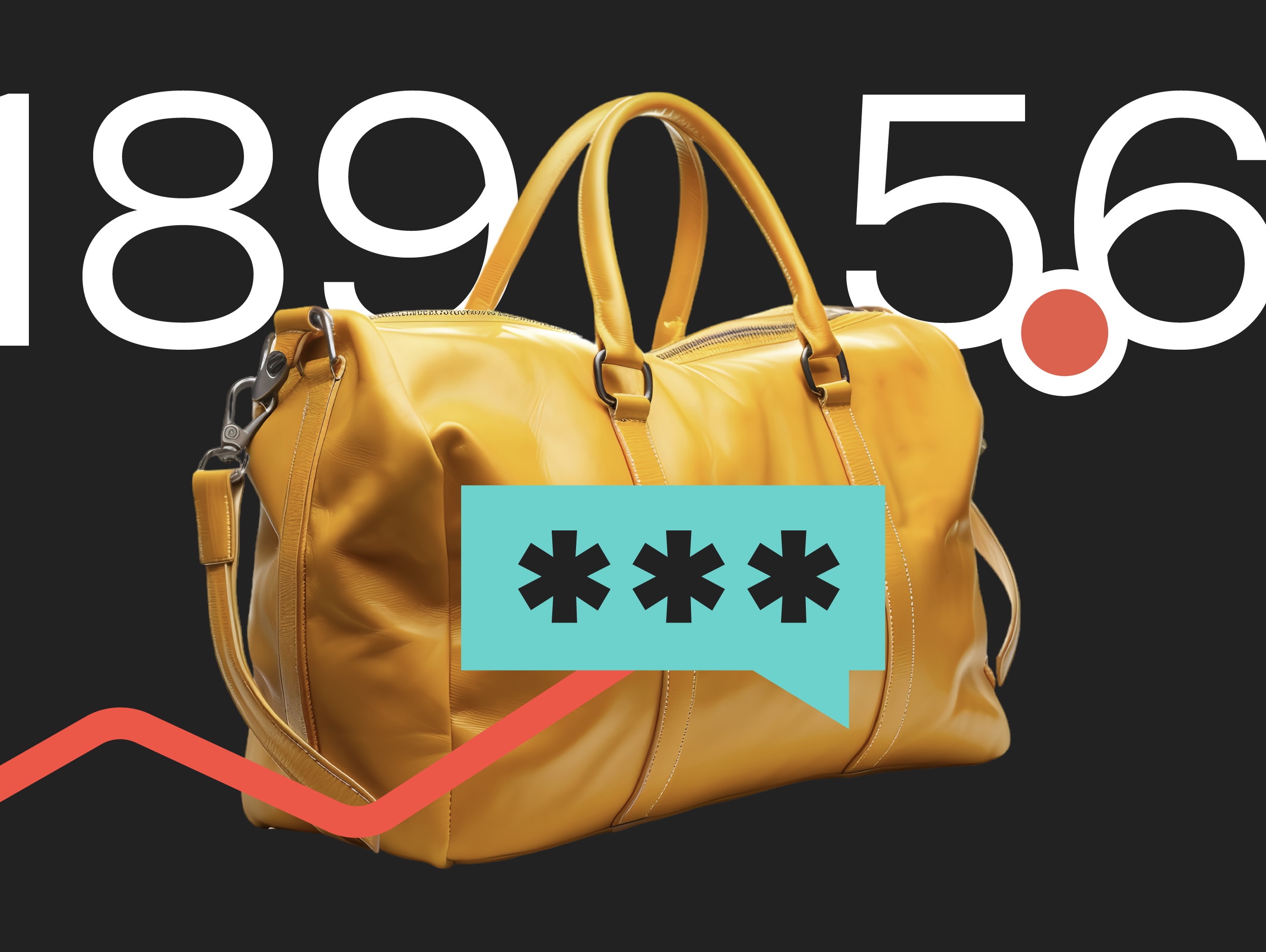
0 Comments